If I wear my Raybans from 2007 and dance really hard… will 2024 just go away?

Photo by Linus Wong
It’s 10 p.m. on a Thursday night in Victoria, B.C. and at Hermann’s Upstairs, the out-of-sight alt venue above Hermann’s Jazz Bar on View Street, the vibes are electric. On approach, people are passing ciggys back and forth in faux-fur cheetah print hats, Rayban sunglasses, neon bathing suits, and lumberjack flannels, crouched in doorways in the street while their friends hold a place in one of the two long lines up the stairs — the ticketed and the hopeful.
As soon as the crowds are in, it’s past the bar to the packed dance floor. Disco lights are rolling, white balloons bounce from one outstretched hand to the next, and every single person in the room is shouting the lyrics to “Float On” by Modest Mouse, dancing like it’s the mid 2000’s. This is their teenaged anthem, and no one is watching — except for a party photographer.
It’s Indie Sleaze night, baby.
This is the first of what would become a series of three (back by popular demand) jam-packed “Dance Yrself Clean” Indie Sleaze nights hosted by local DJs Blacasphalt and Bomacy.
“When I try to describe Indie Sleaze to people,” says Victoria artist and Sleaze-lover Georgia Tooke, “I’m like, okay, so did you watch Spring Breakers? And most people will say no… and I’m like okay… well, do you remember the cultural impact of Spring Breakers?”
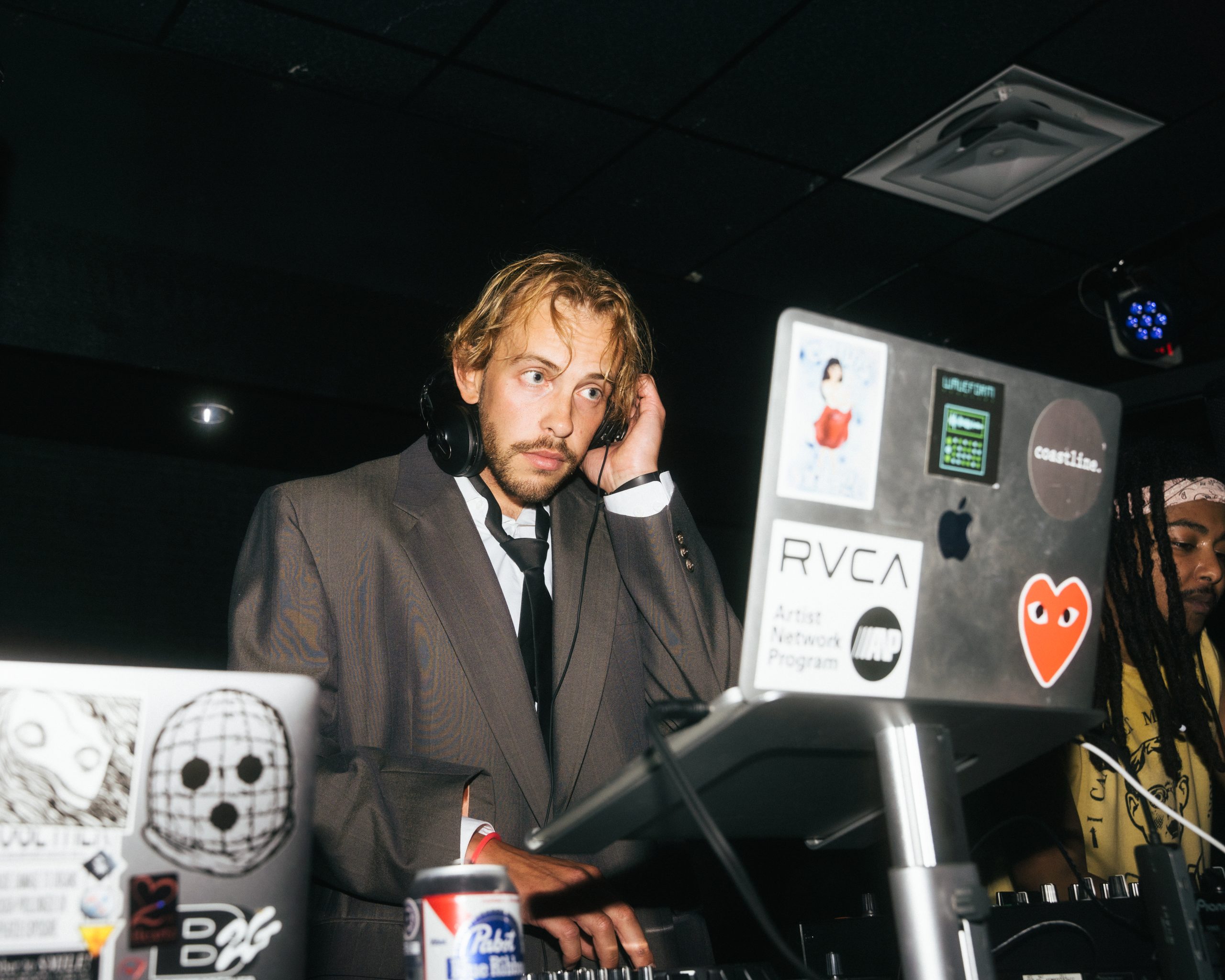
Photo by Linus Wong
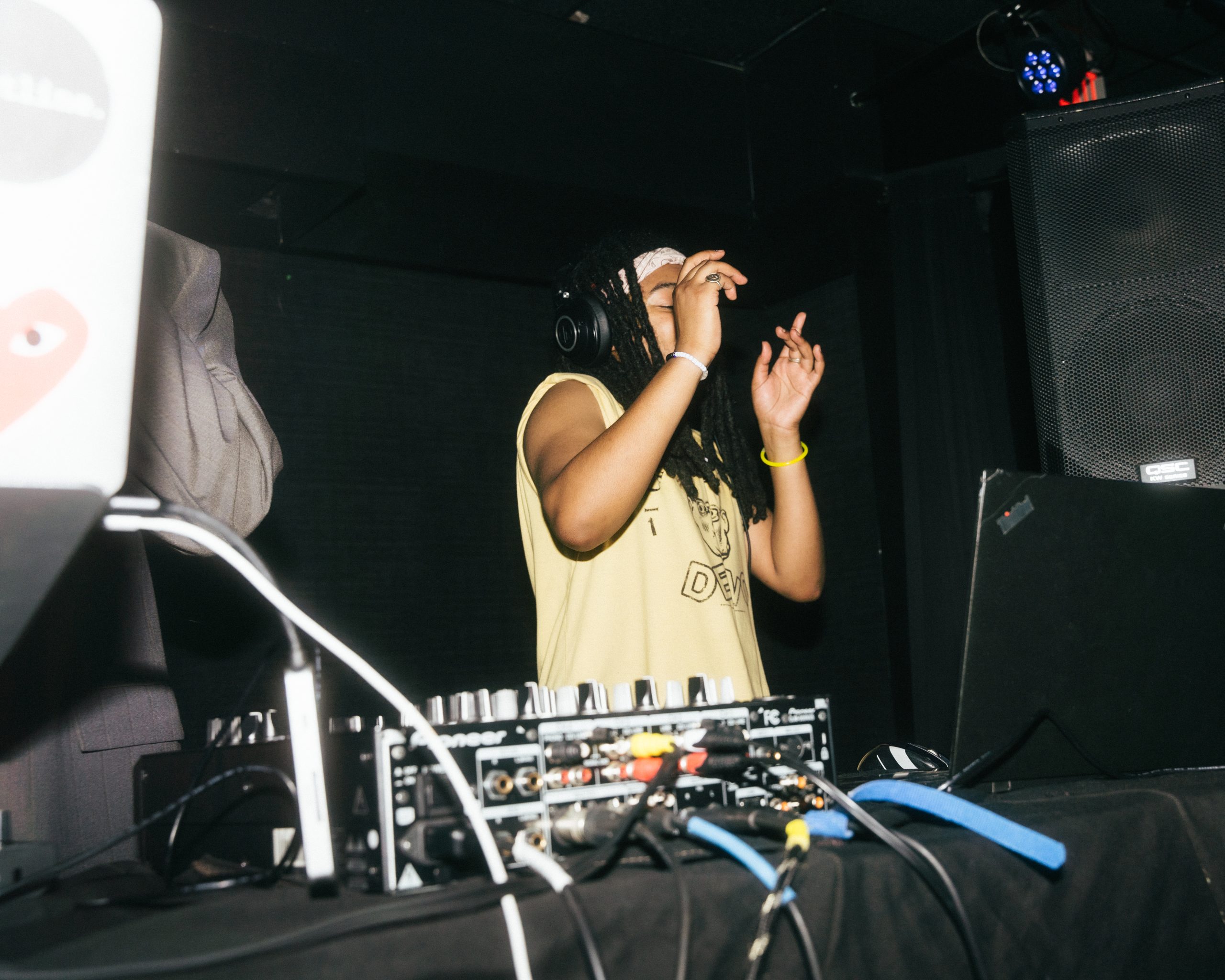
Photo by Linus Wong
In 2013, New York Times movie-reviewer Manhola Dargis described Spring Breakers as “part Dada, part European art cinema, [and] part MTV’s ‘Jackass’… the pursuit of happiness taken to nihilistic extremes.” Think: bacchanal. Neon-dreamy debauchery. Electric-lucid house music on a beach with naked people everywhere. Spring Breakers is all fun and zero consequence. It’s so Indie Sleaze.
The actual name tag of “Indie Sleaze” only surfaced and caught on in the early 2020’s when the era was on its way back into the cultural limelight. Inspired by a famous Uffie lyric from the era about making sleazy dreams come true, Instagrammer Olivia V. grouped the trends from the years mid to late 2000’s until about 2014 and dubbed them “Indie Sleaze.” Clearly, the name stuck.
Now, in cities across North America, just a decade after we laid the super skinny jeans and neon bathing suits to rest, Indie Sleaze nights are popping up in places like Victoria. It’s no surprise, really. Just as they were in 2008 at the rise of Indie Sleaze, young people today are staring down a global financial crisis, bleak futures where they worry they will never own their own home, where climate change has sizzled the ozone layer, and where today’s teenagers are tomorrow’s influencers. And instead of taking reasonable action they’re responding with screw it, let’s party.
Back during 2008 when the US stock market nosedived and North American bank accounts descended $13 trillion into the red, the free-internet was, conversely, on rapid ascent. A new era of photo, blog, and music sharing was unleashed, planting the seeds for the cult of social media as we know it today. Original early 2000’s party photo websites like Mark Hunter’s cobrasnake.com captured the hedonism of the era, making visible whatever people had been up to last night (or earlier that morning), iconicizing the late 2000’s party-girl as an image to aspire to.
Songs of the time that were too out-there to be played on the radio or too expensive to be bought in-store, with the invention of sites like Napster and Limewire, were able to be downloaded and ripped to blank CDs at your pleasure, allowing early indie bands like The Velvet Underground and the Yeah Yeah Yeah’s to draw larger audiences than ever, even with limited cash flow to purchase records. But geographic closeness was no longer a requirement to find new indie music or to feel invested in bands you had never actually seen live. It was like being part of the new underground — even if you lived in a small whitewashed town somewhere in rural Canada, you could feel you were a part of the movement.
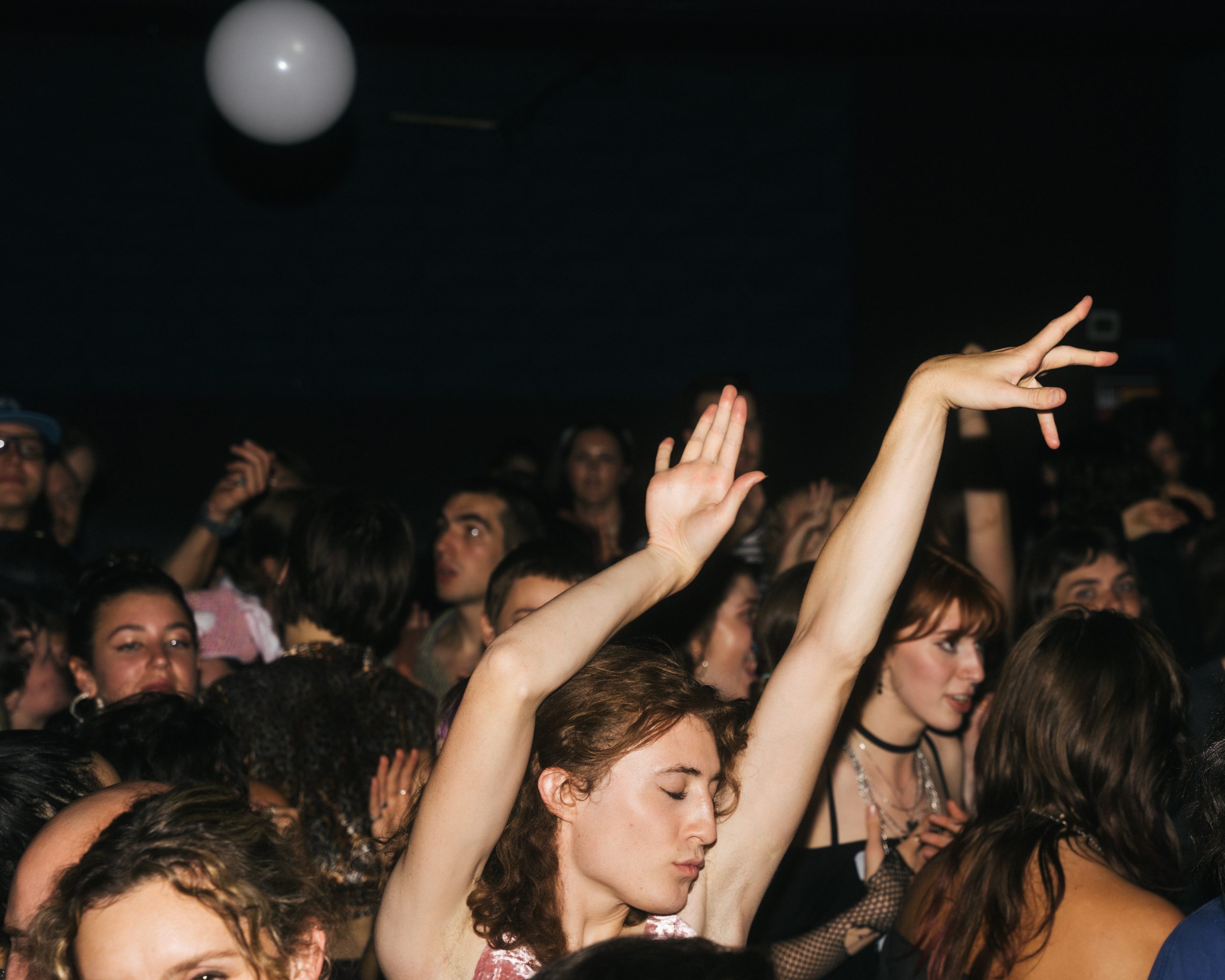
Photo by Linus Wong
Seattle clothing designer and vlogger, Karsten Kroening, says the music of Indie Sleaze “really considers and understands this perspective of being from middle America and moving to the coast,” making Victoria the perfect breeding ground for a comeback. In Vic you might be more likely to hear that someone has migrated from Ontario or Alberta than to hear its where they’ve grown up. While bigger cities offer young people a way out of their rural upbringings, the speed and hype of urban life doesn’t always live up to its promise. The longing, separateness, nostalgia, and disillusionment that comes from ending up far from the place you were raised in shows up in the music of Indie Sleaze.
Take the song “Young Blood” (2010) by Naked and Famous, with Alisa Xayalith and Thom Powers, who sing about feeling naïve in the face of mistakes and navigating the bittersweetness of being in-between, or MGMT’s “Kids” (2007) an ode to the ease of being a child before priorities change, and the thread of meaning in life slips away. Sliding in on the edges of rock, pop, punk, and electronic music, the actual melodies of Indie Sleaze along with the lyrics hold something inside them for all, especially 30-ish year olds who aren’t certain about where they’re headed or who they are becoming.
The city may hold the promise of opportunity, but it’s also tiring. Rent is more expensive than we thought it would be. Friends come and go. Even if city-living rises to meet the hype, there is still the sense that while urban life is supposed to be inevitably better, something may also be off, or missing.
We’re nostalgic for who we were back in 2008, for our youth, for a time when living felt more carefree, and hearing the music again on a dancefloor at Hermann’s makes us feel like we did the first time we heard the music and felt recognized. But as Kraus says, “the word ‘sleaze’ is a reminder that even if that time was fun, it was also problematic.”
Take Cory Kennedy — the internet’s first “It-Girl”, the muse of Indie Sleaze. She was 15 at the rise of Indie Sleaze and the trend, through the lens of fun, glorified harmful behaviours and toxic power dynamics, impacting her life long after the original era had disappeared from view.
Kennedy’s rise to the public eye began in 2005 when party photographer Mark Hunter (AKA CobraSnake) spotted her partying at a Blood Brothers concert in Santa Monica and pursued her as his muse. As Hunter’s photos of her (smudgy makeup, messy hair, neon headbands, jeans with tears in the thigh) became popular in widely read publications like New York Magazine, Kennedy, at 15, flew all at once to the center of the fashion world. Hunter was 25, and shortly the two of them became a couple.
With Hunter’s influence, Kennedy found herself suddenly attending the same parties as people like fashion moguls Heidi Slimane and Jeremy Scott. In a moment, she went from a small life to a big one. “Never before have media, technology and celebrity collided with adolescence at such warp speed,” said the LA Times of Kennedy in 2007, but like any kid on the precipice of huge technological leaps, she was underprepared for both the experience and the aftereffects of having been Indie Sleaze’s first “It Girl”.
Kennedy describes how she didn’t pay for a drink herself until she was 24 or 25, how she blacked out a lot. In most of the photos she was trashed, and in many, missing some clothes, or, as she described retrospectively in an interview with The Cut, feeling out of control of her own body. “At the time,” she says, “I was just like, Ahhh this is just what party photography is.”
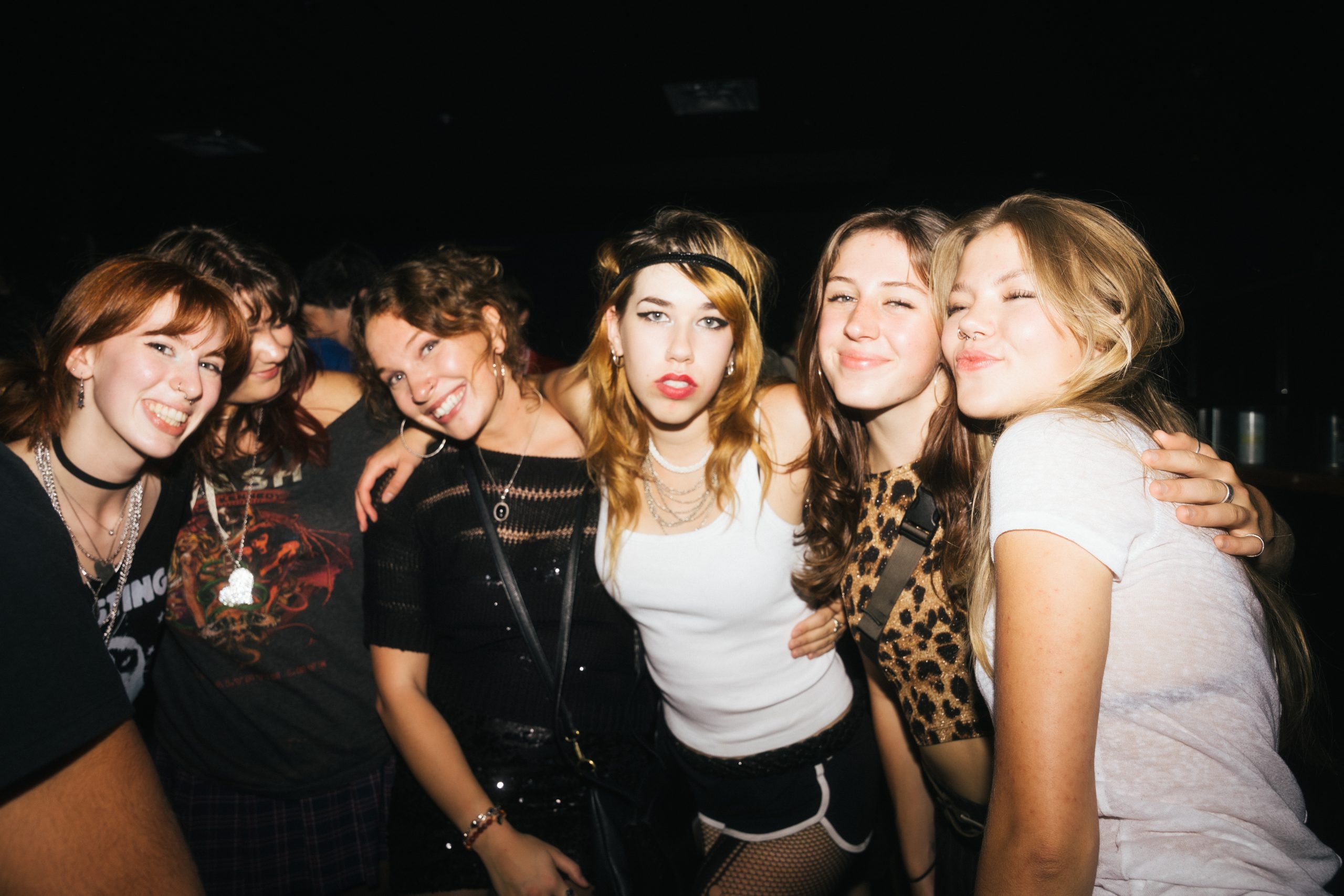
Photo by Linus Wong
For millennials who lived through the first episode of Indie Sleaze, like Kennedy, heavy drinking played a critical role in sustaining toxic power dynamics like Hunter had over her. It was an essential part of the culture. Get drunk, get messy, take the photo, get blown up on the internet, do it again.
But in 2024, as Tooke points out, “Indie sleaze resurgence is coming back in a culture where sobriety is so much more normalized.”
“Lono” bevvys, low or no-alcohol content drinks, are increasing in popularity among GenZ-ers, partially because spending “$40 with a tip” on two people just isn’t feasible, according to Tooke — but also because going out sober isn’t necessarily the same faux-pas it used to be.
Health-wise, a recent study out of the UK, states that no alcohol is the only safe amount to consume, but another part of the reason people may be drinking less, Tooke thinks, is that “with the rise of the internet, a lot of people talk about how they don’t want to be in a situation where they’re not in control,” and are “so much more conscious of who they are online.”
“Lono” is forcing clubs to change the way they operate. Instead of being oriented towards the barely-legals, who are partying alternatively, events are geared towards a more millennial demographic, who grew up in the tradition of getting sloshed for fun.
The Victoria Indie Sleaze events hosted by DJs Blacasphalt and Bomacy are a bridge between the present and the past. At the “Dance Yrself Clean” events drinks are served, but getting blackout isn’t the same focus of the night as it used to be. Instead, it seems to be more about dancing and community — a refreshing new take.
“It’s like the disco of the 2000s, you know? You got Black and queer people. … It represents a safe space to be Black, to be queer,” says Blacasphalt. “You don’t need too many drinks to get crazy.”
“I’ve had people come up to me and talk to me about what Indie Sleaze means to them. Some people it’s, you know, the nostalgia of a world pre pandemic,” he says. “Everything that we’ve dealt with since COVID, from BLM to women’s rights to Indigenous rights to Palestinian rights.”
Indie Sleaze also represents the innocence of childhood where, he explains further, “your main goal was, who are you, what terribly reflective gold clothes are you gonna wear to the dance?”
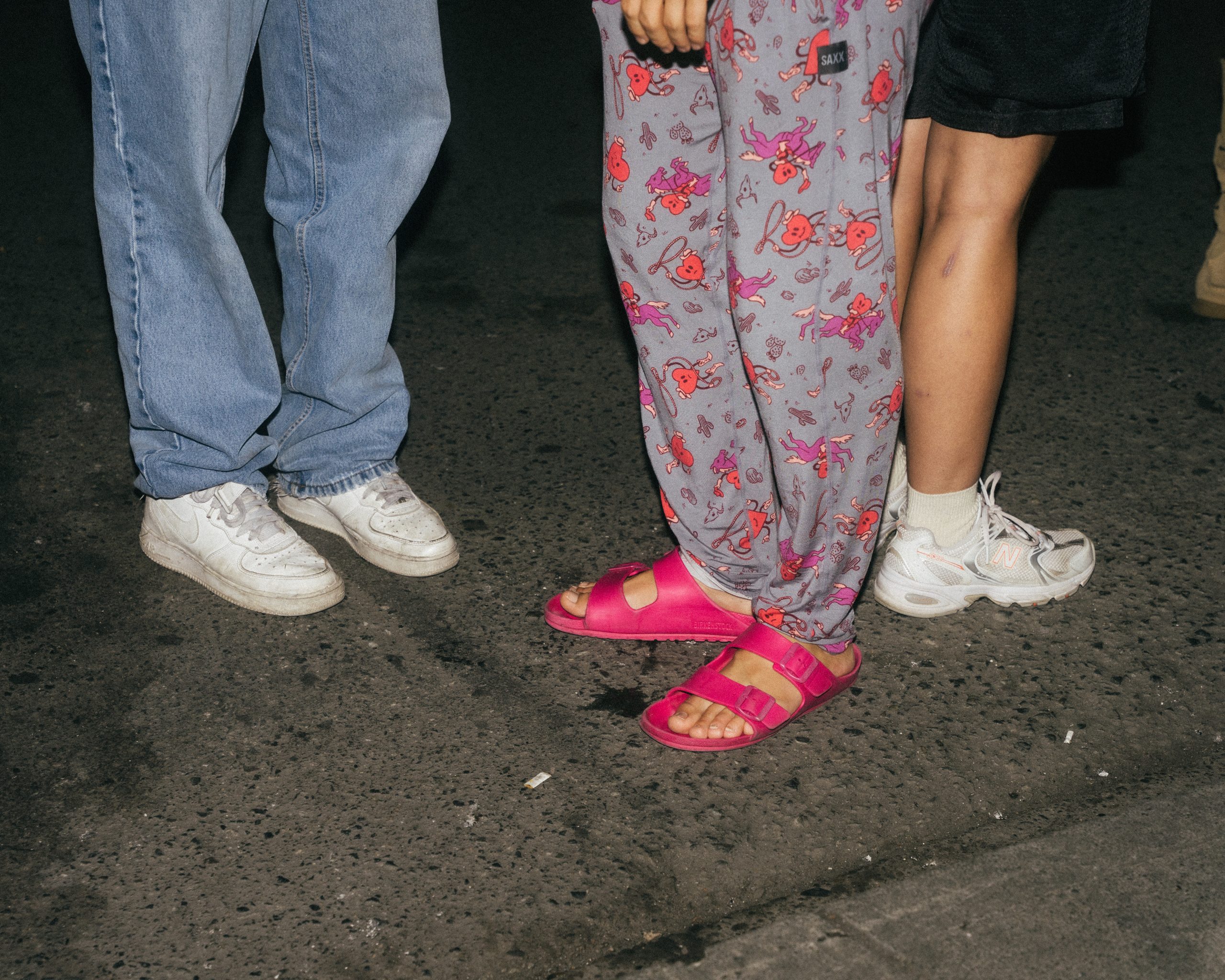
Photo by Linus Wong
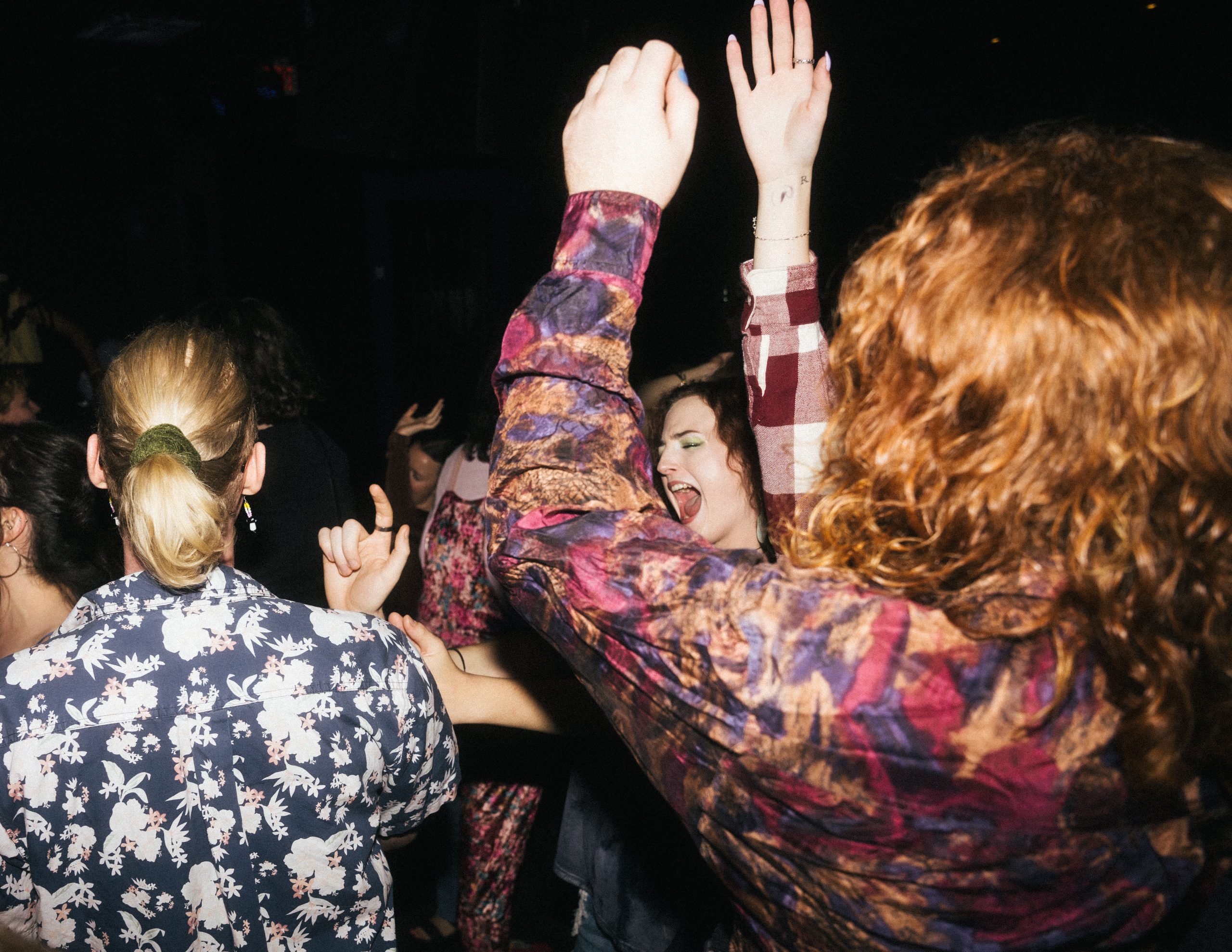
Photo by Linus Wong
“It Girls” of the original Indie Sleaze, like Kennedy, represented something critical people had been yearning for amidst the global crisis of their time: carelessness, youth, innocence, naivete, and fun, things people are searching for today in the global crises of our times. The difference now is that we can’t say “I’m too young or naive to care about what happens here” like we did in the late 2000’s.
For Bomacy and Blacasphalt, the reason they hosted Indie Sleaze Vol. I, II, and III was not for some nihilistic escape from the grimness of the present, but because they saw how dancing to music from our youth and dressing up in these crazy outfits we all wore ten years ago has the capacity to bring the community together.
There are elements of Indie Sleaze we can leave in the dust, like the voyeurism of Hunter and the need to be completely wasted to have a good time, but maybe there is something within Indie Sleaze’s debauchery that 2024 is longing for, something about being so fully in the present you’re not thinking about who’s capturing the moment. You’re not thinking about capturing it because you’re too busy living it.
The Indie Sleaze resurgence, in Victoria at least, is shaping up to be different than its original form, and in major part due to community-minded, music-loving folks like Blacasphalt and Bomacy. The pair hosts events like Indie Sleaze and outdoor movie nights under the umbrella of the newly founded community initiative called “A Third Place,” chilling at Botched Vintage on Fort Street in their spare time.
They are thinking about transformative spaces, like a dance floor, where people can come together, hang out and be themselves. As Blacasphalt says, “I think we need more of those places.” You can follow along for the next Indie Sleaze night and all the new ways they are boosting the community on their Instagram @a__third__place.








